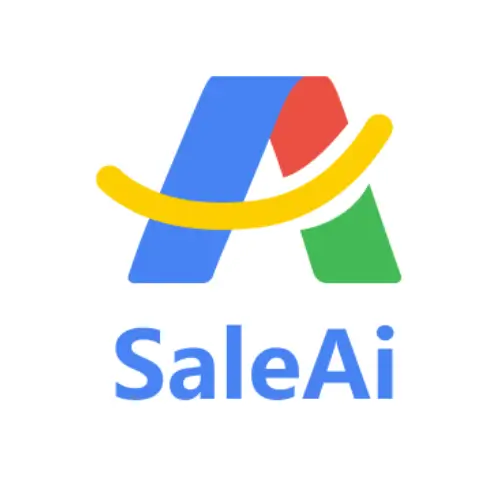
Sales automation tools have become essential for businesses looking to optimize their sales processes. With a variety of options available in the market, it can be challenging for B2B exporters to choose the right tool that fits their needs. This article compares SaleAI with other popular sales automation tools, providing insights into their features and benefits.
Overview of Sales Automation Tools
Before diving into the comparison, let’s briefly discuss what sales automation tools typically offer:
- Lead generation and management: Streamlining the process of capturing and nurturing leads.
- Sales pipeline management: Visualizing and managing different stages of the sales cycle.
- Reporting and analytics: Providing insights into sales performance for data-driven decisions.
SaleAI vs. Competitors: A Functional Comparison
a.Lead Management
- SaleAI: Offers automated lead capture from various channels and classifies them for easy follow-up. The segmentation features allow for targeted outreach based on lead behavior.
- Competitor A: Provides basic lead capture functionality but lacks the robust segmentation capabilities present in SaleAI. Users often need to manage offers manually.
b.Pipeline Management
- SaleAI: Features a user-friendly interface that helps visualize sales pipelines effectively. Users can customize stages to match their unique sales processes.
- Competitor B: While offering pipeline management, its interface can be less intuitive, requiring more training for users to adapt.
c.Reporting and Analytics
- SaleAI: Includes real-time analytics and customizable reporting, helping sales teams access relevant metrics quickly and efficiently, ensuring timely decision-making.
- Competitor C: Offers reporting tools but may lack the real-time capabilities found in SaleAI, which can lead to outdated data impacting strategies.
d.Integration and Compatibility
- SaleAI: Supports integration with various popular CRM and marketing automation tools, providing seamless data exchange between platforms.
- Competitor D: Limited integration options, which can lead to data silos and inefficient processes.
and.User Experience and Support
- SaleAI: Recognized for its customer support and user-friendly interface. Users report a smoother onboarding process and better assistance when needed.
- Competitor E: While it also provides customer support, feedback indicates that response times can sometimes be slower, impacting user experience.
Key Takeaways
When comparing sales automation tools, it’s essential to evaluate features based on your business needs:
- Choose a tool that aligns with your sales process: Ensure the tool can be customized to meet your specific requirements.
- Support and onboarding: Look for strong customer support and an easy onboarding experience to maximize your team's productivity.
- Analytics matter: Opt for a tool that provides real-time reporting to make informed decisions promptly.
Conclusion
SaleAI presents a compelling option for B2B exporters seeking a sales automation tool that prioritizes lead management, pipeline visualization, and real-time analytics. While there are other capable tools available, the choice ultimately depends on your specific needs and how well the tool integrates with your existing processes. By carefully comparing the features and benefits of different sales automation tools, you can make an informed decision that supports your business growth.



